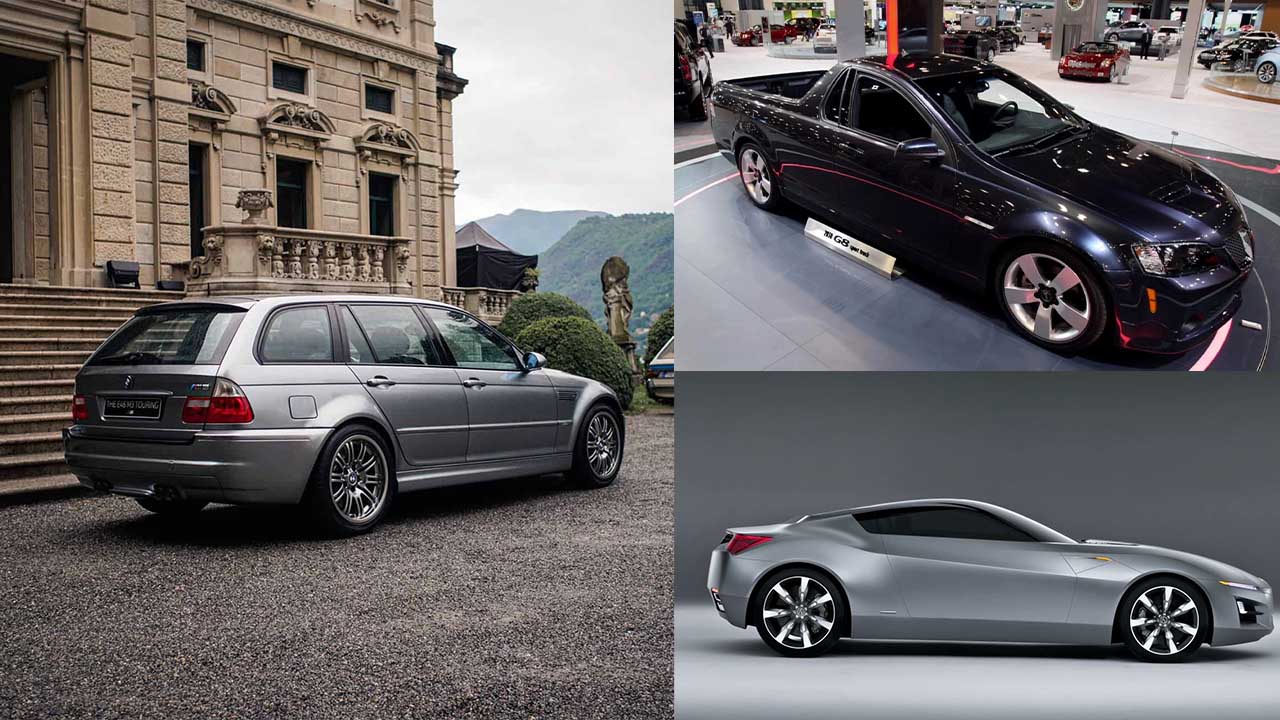Just because a car is in development doesn’t mean it’s guaranteed to make it to production.
Whether it’s at the final approval stage or just about ready for launch, various factors economic shifts, regulatory changes, or even a simple change in corporate direction can bring a vehicle’s progress to an abrupt halt.
In some cases, that’s not a big deal, especially if the car in question is just another forgettable SUV or hatchback that wouldn’t have left much of an impression.
However, more often than not, it’s the niche, enthusiast-oriented models that are the first to be scrapped. As a result, we’ve missed out on some truly exciting performance cars.
Some of these, like the VW XL Sport, Renault Clio RS16, and the revived Audi Quattro, have already been discussed in depth, but that barely scratches the surface.
With that in mind, here are 10 more cancelled cars that we’re truly disappointed never saw the light of day.
1. Infiniti Q50 Eau Rouge
If you’re Nissan and want to establish Infiniti your luxury sub-brand positioned to compete with Lexus as a serious contender in Europe, how do you go about it?
Nissan’s bold idea was to take the 3.8-liter, 560bhp V6 engine from the GT-R, fit it into the otherwise unremarkable Q50 executive sedan, name it after one of the most famous corners in motorsport, and enlist Sebastian Vettel to assist in its development.
For a while, this was a very real possibility in the form of the Infiniti Q50 Eau Rouge.
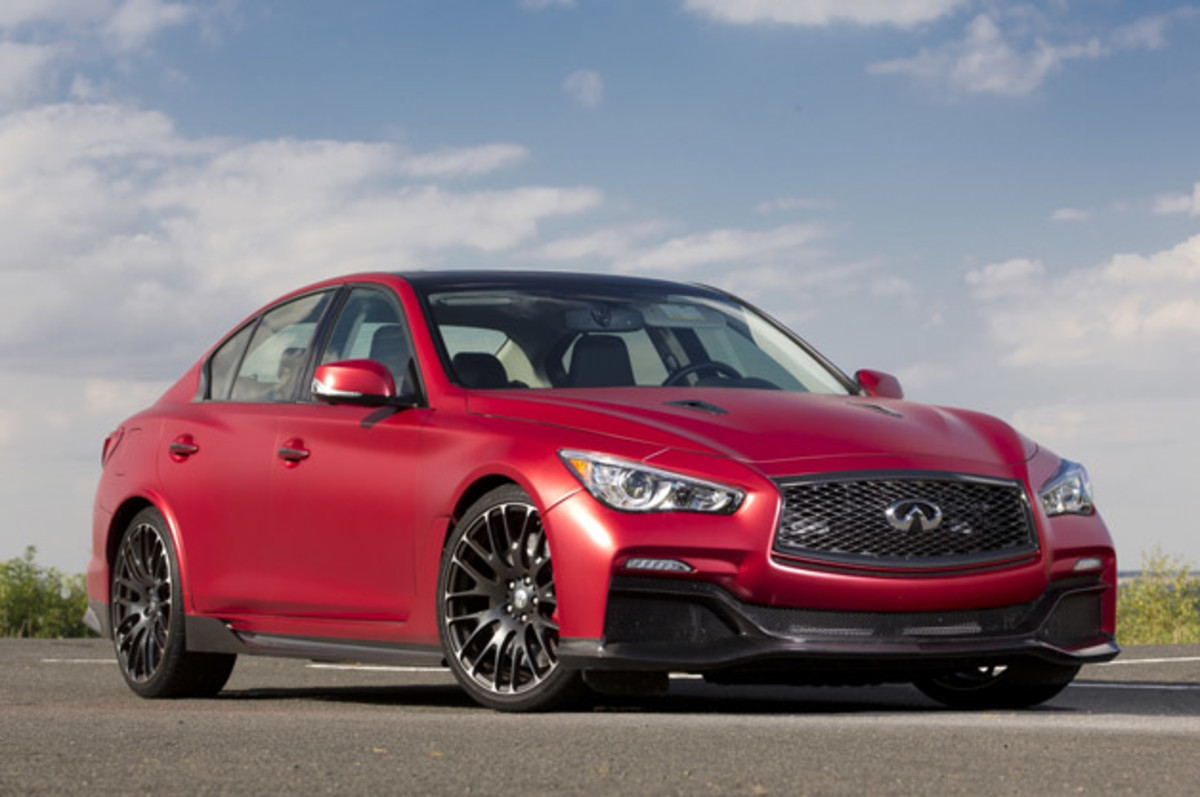
It was introduced as a concept at the 2014 Geneva Motor Show, and by 2015, a functional prototype had been built, with the four-time F1 world champion who was then driving for Infiniti-sponsored Red Bull offering his input.
However, by September of that year, the project had been scrapped in favor of vehicles that would supposedly enhance Infiniti’s ‘credibility’ in the European market. That strategy didn’t exactly pan out as planned.
The Infiniti Q50 Eau Rouge offers an enticing glimpse into what could be. Equipped with a GT-R-derived engine, it delivers immense performance, while its four-wheel-drive chassis ensures that every ounce of power is utilized with confidence and stability.
For a rolling prototype, its level of refinement and cohesiveness is a notable achievement.
However, to truly rival the best in its segment—particularly offerings from BMW—it needs to provide more agility and a greater sense of excitement to establish itself as a serious contender for Infiniti.
When was the last time you spotted an Infiniti on the road? Or heard someone express a strong desire to own one? Chances are, your answers are something along the lines of “I don’t recall” and “never.”
Infiniti’s presence in the UK has largely been met with indifference, and Nissan’s luxury performance sub-brand needs something truly exceptional to make a lasting impact in both the UK and European markets. The Infiniti Q50 Eau Rouge could be that game-changer.
Imagine a high-performance, all-wheel-drive sports sedan powered by a 3.8-liter twin-turbocharged V6 engine borrowed from the legendary Nissan GT-R and tuned to produce an impressive 560 horsepower. Sounds appealing, doesn’t it?
This Q50 Eau Rouge, positioned in size between the BMW M3 and M5, is still in the prototype phase, meaning Infiniti has yet to commit to full-scale production.
However, its development is being handled by RML Group, a renowned race engineering company based in Northamptonshire, with the intention of a limited production run.
If all goes according to plan, this model could serve as the launchpad for an entire lineup of high-performance Infiniti vehicles in the future.
Also Read: 12 Vehicles Designed for Apocalypse Survival with Extreme Durability and Protection
2. Toyota GR Super Sport
Following Toyota’s streak of dominant performances at the 24 Hours of Le Mans after its factory rivals withdrew, the company sought to capitalize on its success by creating a roadgoing supercar inspired by its TS050 LMP1 race car.
This idea aligned with the newly announced Le Mans Hypercar regulations, which initially required race cars to be based on roadgoing counterparts—though that rule was later removed.
Despite the change, Toyota pushed ahead with development of the GR Super Sport. The concept debuted in 2018, and a camouflaged prototype made an appearance with a demonstration lap before the 2020 24 Hours of Le Mans.
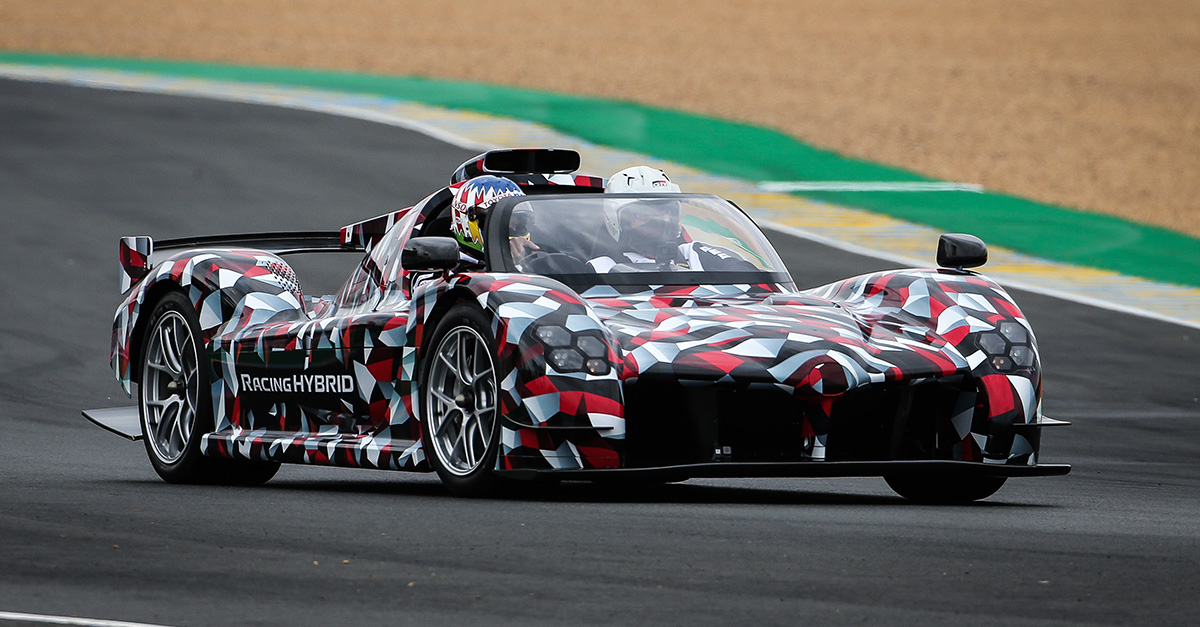
Everything seemed to be on track for the production of this limited-run, 986bhp hybrid supercar.
But after that, news on the project became scarce, and by 2021, it appeared to have been quietly shelved reportedly following a catastrophic incident in which a prototype caught fire and burned down at Fuji Speedway.
3. Pontiac G8 Sport Truck
Revealed at the 2008 New York Auto Show, this ‘coupe-utility’ pickup was practically production-ready.
That wasn’t a huge challenge for General Motors, Pontiac’s parent company after all, the G8 Sport Truck was essentially an Australian Holden Commodore Ute with a left-hand-drive conversion and a Pontiac-style split-grille front end.
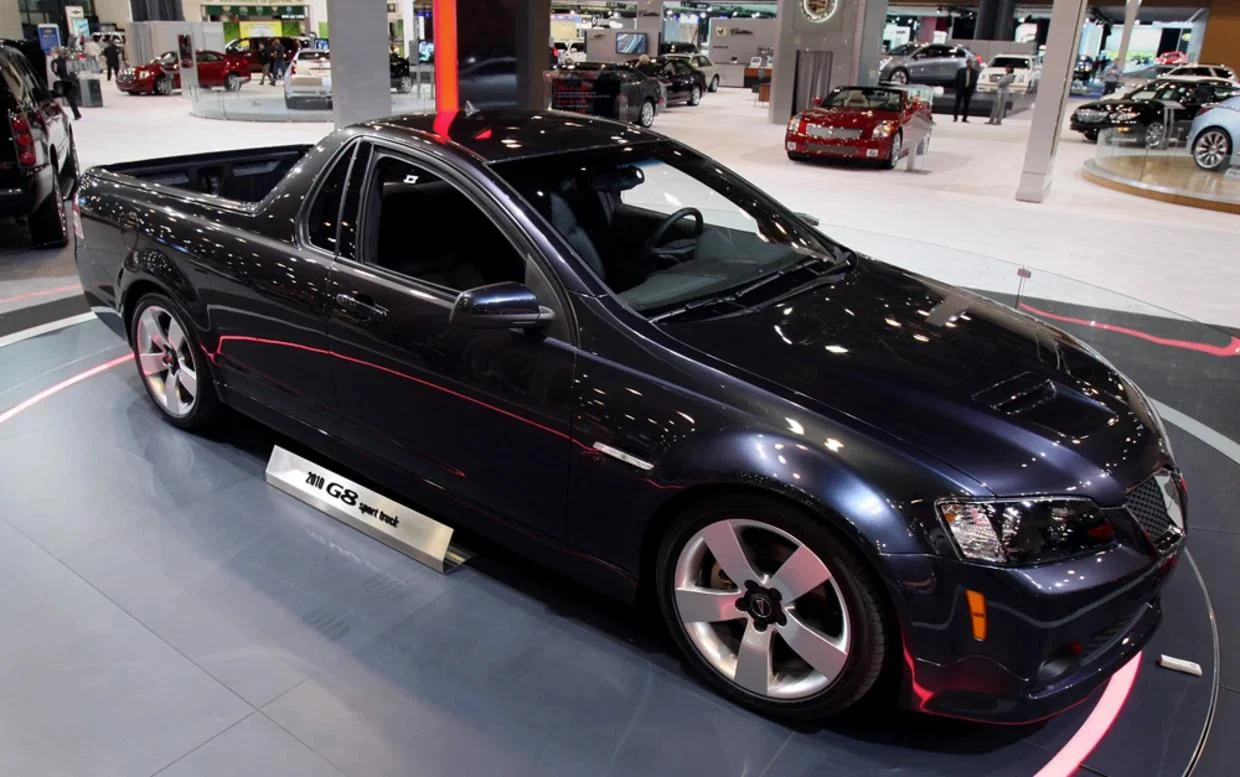
The only thing that stopped it from making it to market was Pontiac’s untimely demise. Just over a year after the G8 Sport Truck was revealed, GM announced the brand’s discontinuation, a casualty of the 2008 financial crisis.
Before the plug was pulled, Pontiac had even launched an online contest to determine the production model’s official name.
Sadly, this spiritual successor to the Chevrolet El Camino, which would have boasted a 6.0-liter, 361bhp V8, never made it past that stage.
4. Alfa Romeo MiTo GTA
The Alfa Romeo MiTo supermini was undoubtedly stylish, but it never quite lived up to expectations as a great driver’s car.
That could have been an entirely different story if the high-performance GTA version had made it to production.
Unveiled at the 2009 Geneva Motor Show, its specifications were certainly promising: a 1.8-liter turbocharged four-cylinder engine producing 240bhp, a six-speed manual gearbox, advanced adaptive suspension, and extensive use of carbon fiber.
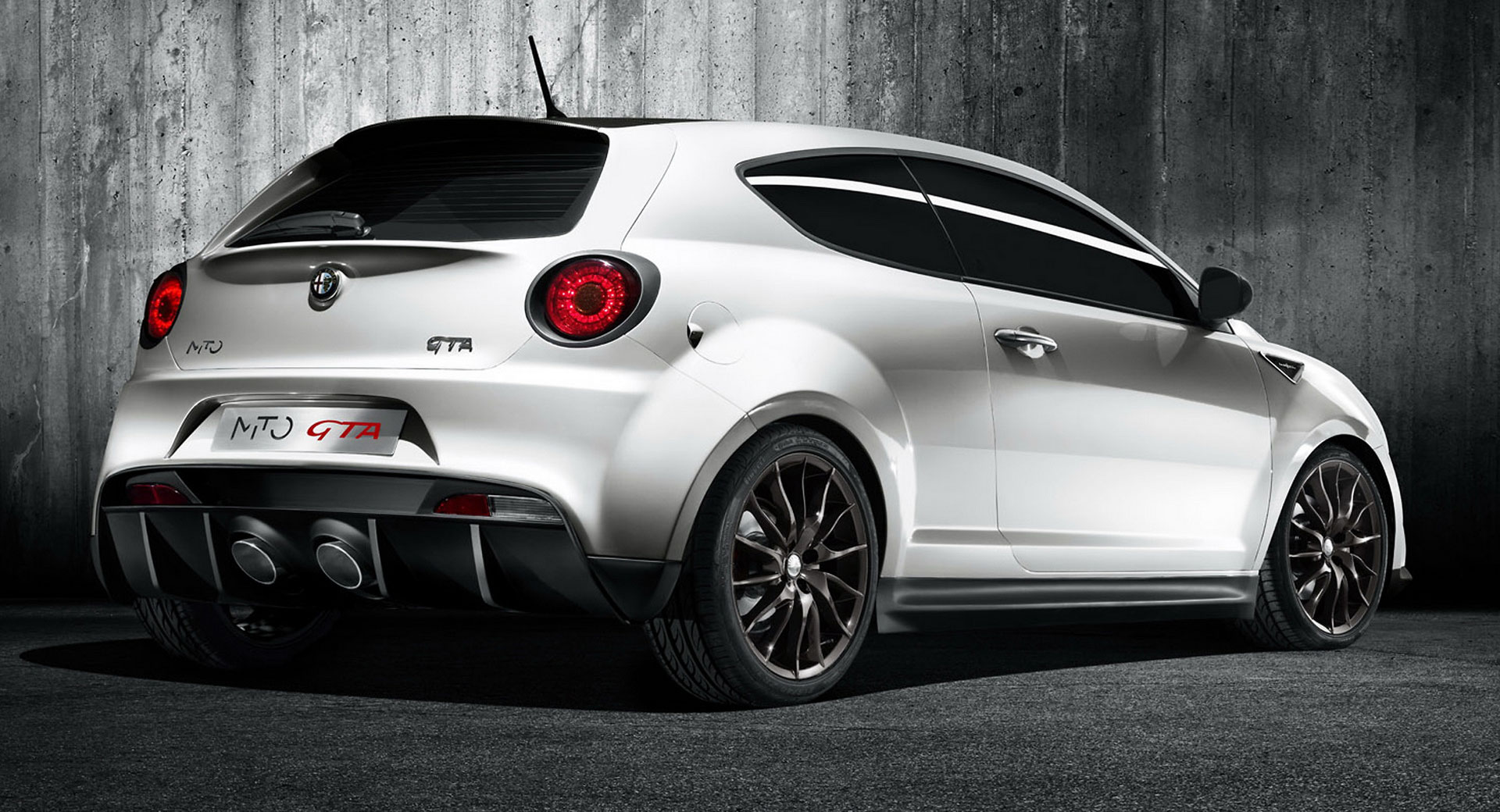
On paper, it seemed poised to give the Mini JCW some serious competition. However, the global financial crisis intervened, leading to the car being placed “on hold.”
While it was never formally canceled, it became increasingly clear that production was never going to happen. Just a gut feeling. That said, the long 12-year wait for another GTA-badged Alfa ultimately proved to be worthwhile.
5. Lotus Esprit (2010)
When Lotus arrived at the 2010 Paris Motor Show with not one, but five concept cars, all of which were boldly declared as future production models, skepticism was inevitable.
Many assumed the ambitious plan would collapse within a couple of years and that assumption turned out to be correct.
However, some projects progressed further than others. The most high-profile of the bunch was the revival of the legendary Esprit nameplate, intended to compete with the Ferrari 458, McLaren 12C, and Lamborghini Gallardo.
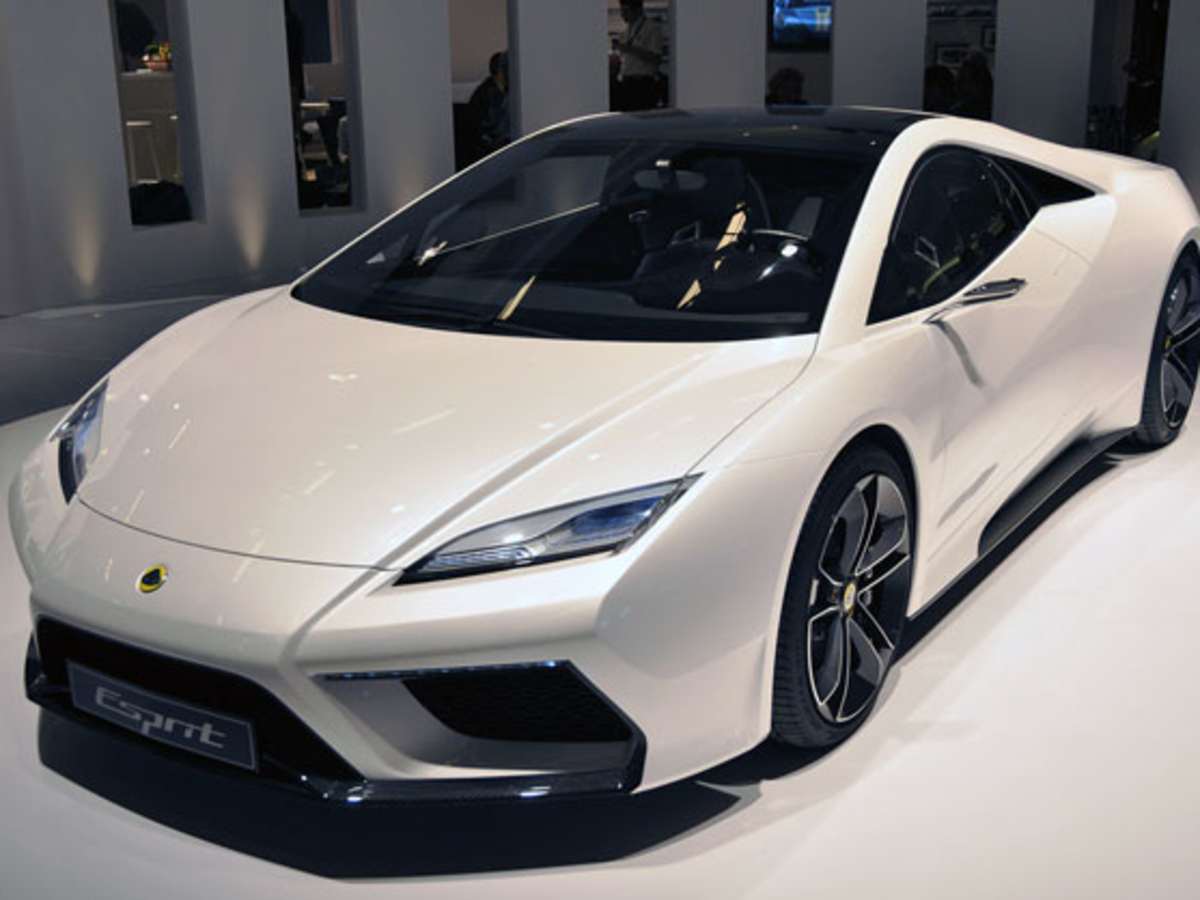
In a surprising move, Lotus was even developing its own naturally aspirated V8 engine for the project. According to a long-standing rumor, this engine was up and running, installed in the rear of a modified Ferrari 458 for testing purposes.
Despite these efforts, the car’s fate was sealed in 2014 when the project was officially abandoned.
6. Honda NSX V10
Following the original Honda NSX’s discontinuation in 2005, speculation quickly began regarding a successor.
While the second-generation NSX eventually arrived in 2016 as a V6 hybrid, the initial replacement could have taken a drastically different path.
In 2007, Honda officially announced that a new NSX was in development, featuring a front-mounted, naturally aspirated V10 engine producing around 550bhp putting it in direct competition with another high-profile Japanese supercar that was also in the works at the time.
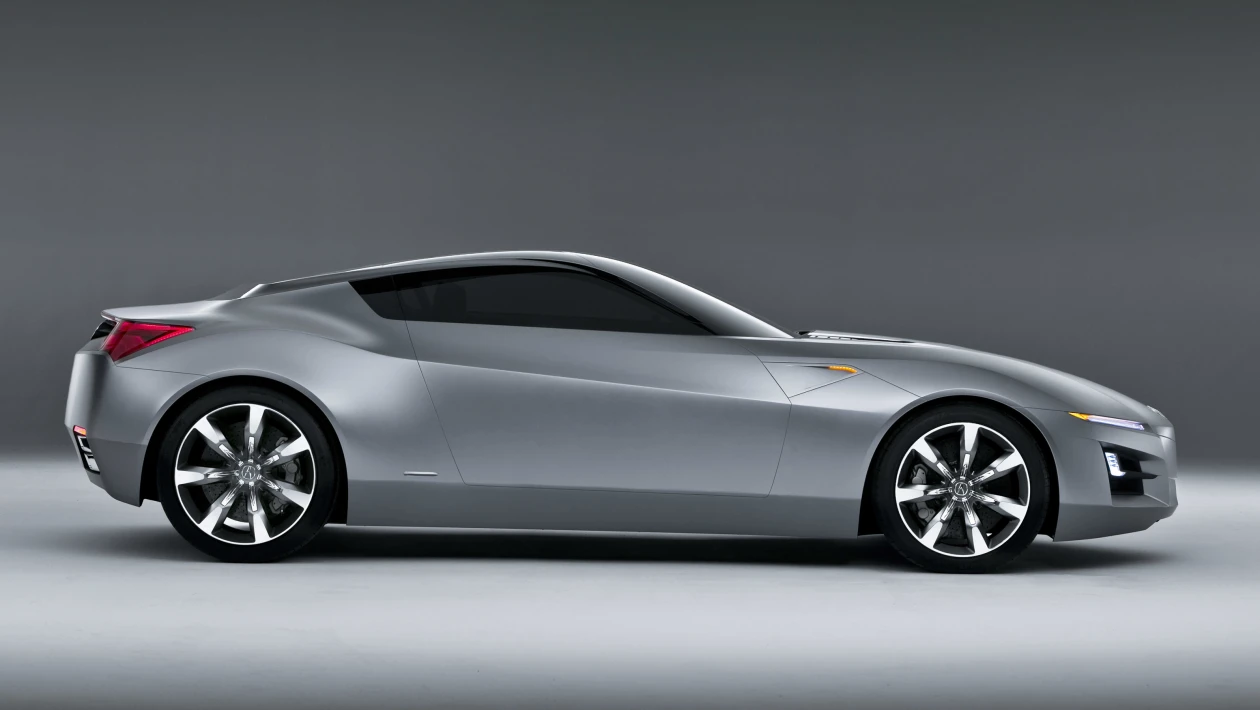
The Acura Advanced Sports Car concept, unveiled that same year, provided a glimpse of the design direction, and a prototype was later spotted testing at the Nürburgring, delivering an auditory treat with its powerful V10.
However, just as momentum was building, the financial crisis of 2008 struck, and the ambitious V10-powered NSX project was scrapped.
Despite its cancellation, the car wasn’t entirely lost its platform and development efforts lived on in a small way through the V8-powered HSV-010 Super GT racer, which was derived from the abandoned road car.
7. BMW M3 E46 Touring
Regarded by many as one of the finest M3s ever built, the E46 BMW M3 delivered an exceptional balance of performance, handling, and driver engagement.
However, it was only ever available in coupe and convertible body styles, leaving practicality as its one notable shortcoming.
That issue could have been resolved with a Touring estate version, and BMW even went as far as constructing a prototype that appeared nearly production-ready.

Had it been greenlit, the E46 M3 Touring would have combined all the best elements of the standard M3 its high-revving, 338bhp S54 straight-six engine and distinctive flared wheel arches with the added versatility of the 3-Series Touring.
And let’s be honest what car enthusiast wouldn’t be excited by the idea of a high-performance estate?
Unfortunately, demand in the mid-2000s wasn’t strong enough to justify production, meaning BMW fans had to wait until 2022 for the first official M3 Touring. Arguably, this stands as one of the brand’s biggest missed opportunities.
8. Lexus LC-F
The Lexus LC500 is a rare breed in today’s automotive world assuming you can still find one for sale in your country.
It’s a grand tourer in the purest sense, offering a plush ride and a rumbling, naturally aspirated V8. However, its focus on luxury has somewhat overshadowed its sporting potential.
That wasn’t always the plan. For several years, Lexus was developing a high-performance variant, set to carry the brand’s coveted F badge and powered by a new twin-turbo V8.
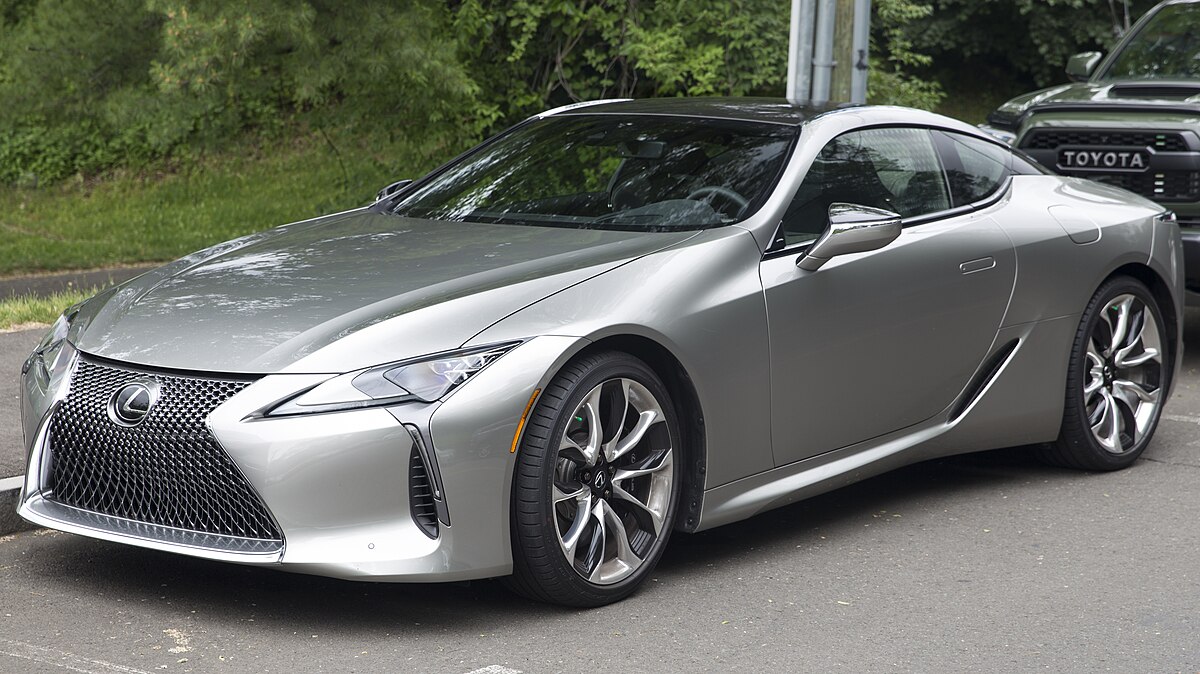
The engine was even slated for competition use in a race-spec LC at the 2020 Nürburgring 24 Hours, but those plans were derailed by the pandemic.
Despite the existence of working prototypes, the LC-F was ultimately deemed unviable for production.
However, this particular loss is easier to accept, as Toyota is preparing a new front-engined sports car intended to serve as the basis for its next GT3 racer. This upcoming model is expected to feature a twin-turbo V8 and may even wear Lexus branding.
9. Jaguar C-X75
Revealed at the 2010 Paris Motor Show, the Jaguar C-X75 concept was a breathtaking supercar with a highly unconventional powertrain two compact gas microturbines generating electricity for its motors.
A year later, Jaguar announced plans for a limited production run, albeit with a more conventional hybrid setup consisting of a heavily boosted 1.6-liter four-cylinder engine, both turbocharged and supercharged.
However, the lingering effects of the global financial crisis ultimately led to the project’s cancellation in 2012.

That wasn’t quite the end of the C-X75’s story, though. Moviegoers in 2015 would have seen it make a high-profile appearance as the car driven by Mr. Hinx, the villain in Spectre a film that is, without question, part of the James Bond franchise.
In a fitting twist, two of the Spectre stunt cars were made road-legal in 2024 by Callum, the design and engineering firm founded by former Jaguar designer Ian Callum the very man responsible for penning the C-X75’s stunning lines in the first place.
Also Read: Top 10 Convertibles That Make Every Drive Fun For You
10. Volkswagen Golf R400
Many would argue that the 2013 Mk7 Golf represented the model at its peak, before Volkswagen complicated things with the Mk8 though the latter has since seen significant improvements.
The performance variants of the Mk7 were even better, with the all-wheel-drive Golf R producing a respectable 296bhp. However, there was almost an even more potent version.
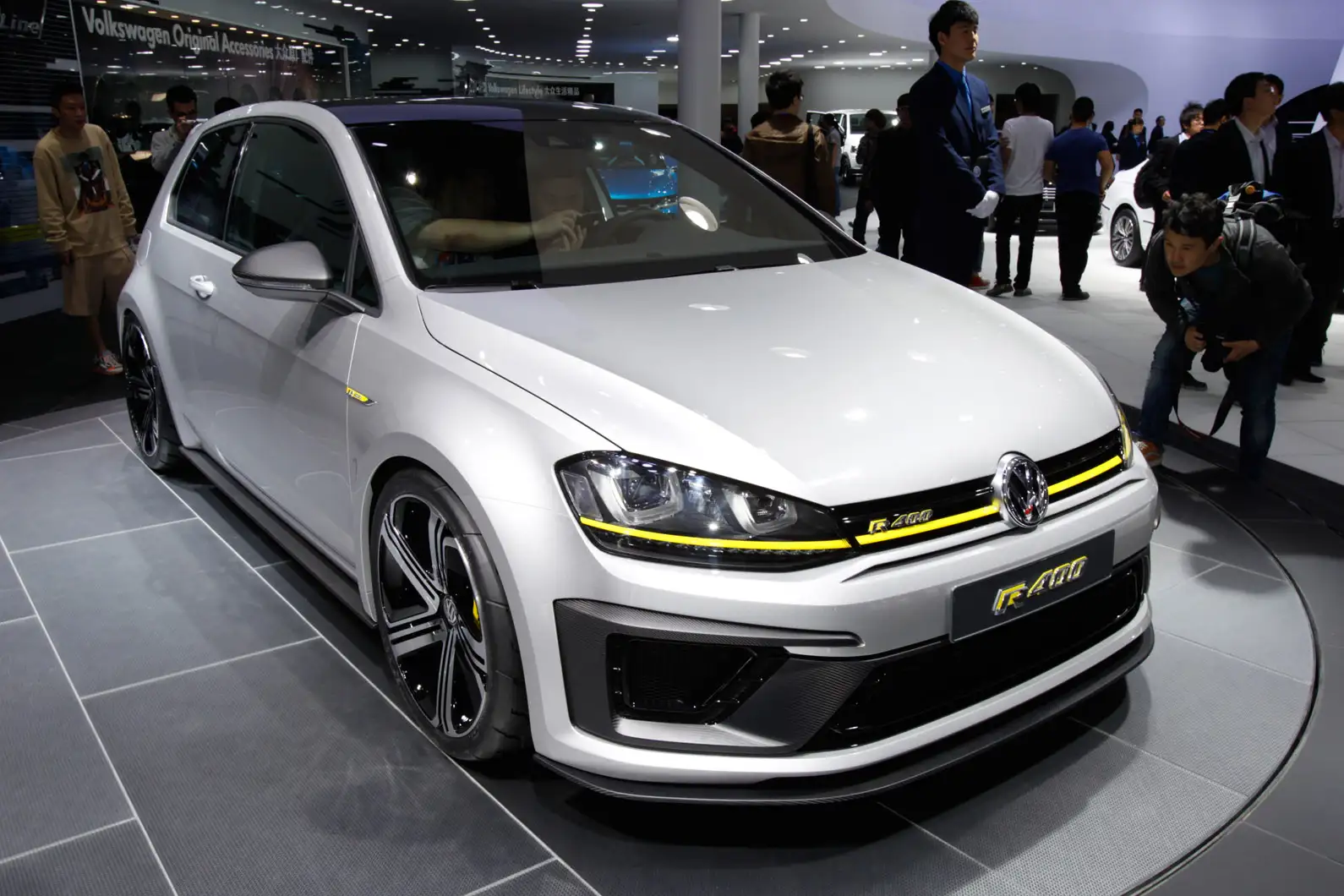
Revealed at the 2014 Beijing Motor Show, the Golf R400 concept took the standard R’s 2.0-liter turbocharged four-cylinder and dialed it up to a staggering 395bhp at a time when the Mercedes A45 AMG, then a benchmark for hot hatches, was making ‘only’ 376bhp.
By early 2015, everything appeared to be on track for this high-powered Golf to reach production.
However, later that year, Volkswagen suddenly found itself in a situation where spending lavishly on performance car projects became, let’s say, an unwise move. We’ll let you figure out why.

